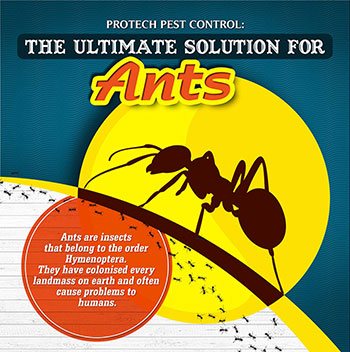Managing Rat Infestations: Insights Into Rodent Psychology
Managing Rat Infestations: Insights Into Rodent Psychology
Blog Article
Produced By-McDonough Thorsen
When it involves rodent control, recognizing usual rodent behavior is essential to properly taking care of infestations. Did clicking here understand that rats have some interesting nesting habits that might amaze you? By discovering their elaborate actions, you can obtain important insights right into how to tackle rodent issues in a much more critical and effective manner. So, let's decipher the enigmas behind these creatures' actions and find out just how to outsmart them in your rodent control efforts.
Rat Nesting Habits
When observing rats in their natural habitat, you'll discover that they proactively seek out materials to construct their nests. Rats, such as mice and rats, are resourceful animals that make use of a variety of items like branches, leaves, paper, and textile to develop their homes. They're meticulous in their nest-building process, commonly lining their nests with softer materials like hair or feathers to create a cozy setting.
Rodents favor to construct their nests in concealed and safe areas to protect themselves and their young from killers. Common nesting places include wall surface cavities, attics, cellars, and even within insulation products. By creating their nests in these secluded locations, rodents can safely elevate their spawn away from prospective dangers.
https://www.the-sun.com/lifestyle/8513797/tip-banish-garden-pests-plants/ is essential to recognize the nesting behaviors of rats when executing control measures. By interrupting their nests or removing products, you can prevent rodents from establishing a visibility in your house or residential property. Appropriate sanitation and sealing access factors are also essential action in avoiding rodent problems.
Rat Feeding Patterns
After observing rodents' nesting routines, it becomes obvious that their feeding patterns play an important role in their every day lives and behaviors. Rats, consisting of computer mice and rats, are opportunistic feeders, indicating they'll take in whatever food source is readily available. They're mainly nighttime animals, preferring to forage for food during the cover of evening to stay clear of killers.
Rats have a diverse diet regimen, varying from grains, seeds, fruits, and vegetables to pests, nuts, and also tiny animals. This adaptability in their food options enables them to thrive in numerous settings, including urban areas where human food resources are abundant.
Their feeding patterns aren't just driven by cravings however likewise by the need to stockpile food for times of scarcity. This behavior is specifically obvious in preparation for winter months or when nesting. Rats are recognized to hoard food in their nests or burrows, making sure a constant food supply. Recognizing their feeding patterns is essential in applying reliable rodent control actions to disrupt their food resources and protect against invasions.
Rodent Activity and Traveling
Rats browse their environments with agility and stealth, using their keen detects to relocate quickly via their environments. These creatures are proficient climbers, able to scale walls and upright surfaces with ease. They can also squeeze via surprisingly tiny openings, making it crucial to seal off any type of possible entry points in your home.
When it pertains to taking a trip, rats often tend to comply with acquainted courses, producing trails along walls or skirting the edges of rooms. They're creatures of habit, often sticking to these developed courses as they forage for food or explore their environments.
Rodents are known for their nighttime routines, so you might hear them hurrying about during the night as they search for food and water. Their activities are quick and erratic, enabling them to dart in and out of sight in the blink of an eye.
Recognizing just how rats move and travel can aid you identify prospective infestation areas in your house and take positive actions to avoid these bugs from gaining a foothold.
Verdict
As you function to manage rats in your home, keep in mind that recognizing their behavior is vital. By recognizing their nesting practices, feeding patterns, and activity, you can properly protect against infestations.
Together, by taking positive actions to get rid of food resources and seal off access factors, you can interrupt their acquainted paths and compel them to look for brand-new places, eventually minimizing the probability of rodent visibility in your space.
